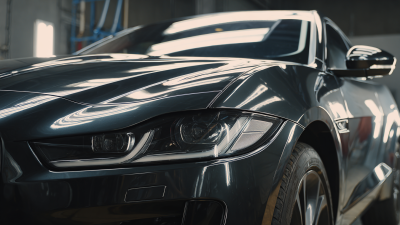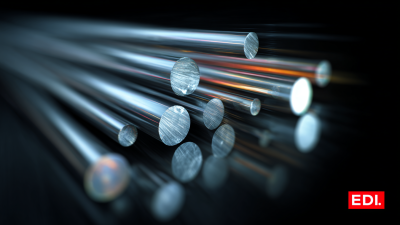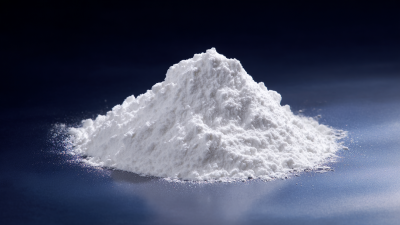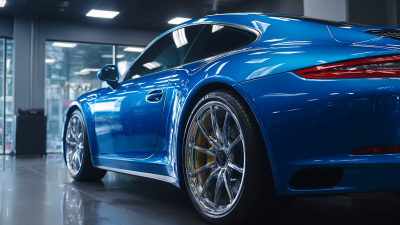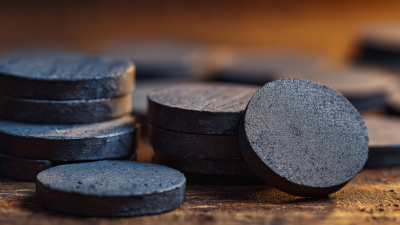The automotive industry is increasingly turning to advanced materials and technologies to enhance vehicle performance and longevity. One such method gaining considerable attention is the application of ceramic coating for aluminum, which offers significant benefits in terms of durability, corrosion resistance, and heat management. According to a recent report by MarketsandMarkets, the global ceramic coatings market is projected to reach USD 17.2 billion by 2025, driven by growing demand in automotive applications. Ceramic coatings not only improve the aesthetic appeal of aluminum components but also provide a protective layer that extends their life cycle under harsh environmental conditions. With advancements in coating technology and increased awareness of maintenance-free solutions, ceramic coating for aluminum stands at the forefront of innovations aimed at optimizing vehicle efficiency and sustainability.

Ceramic coatings are revolutionizing the automotive industry by enhancing the performance and durability of aluminum components. With the lightweighting trend driving an increased use of aluminum in vehicle manufacturing, the benefits of ceramic coatings have become increasingly significant. These coatings provide superior protection against corrosion and wear, ensuring that aluminum parts maintain their integrity even in harsh environmental conditions. This is particularly vital in automotive applications where exposure to moisture, chemicals, and varying temperatures can lead to degradation of materials.
Moreover, ceramic coatings contribute to better thermal management in automotive systems, particularly for battery components. They help dissipate heat efficiently, thereby enhancing performance and extending the lifespan of electrical systems. As automotive manufacturers continue to prioritize innovation and sustainability, the integration of ceramic coatings into aluminum parts not only supports the lightweighting initiatives but also aligns with the industry's commitment to reducing overall vehicle emissions and improving fuel efficiency. As the market for these advanced coatings expands, they are poised to become a critical element in the future of automotive manufacturing.
| Property | Traditional Coating | Ceramic Coating | Advantage |
|---|---|---|---|
| Durability | Moderate | High | Enhanced resistance to wear and corrosion |
| Heat Resistance | Low | Very High | Can withstand higher temperatures without degradation |
| Weight | Heavy | Lightweight | Reduces overall vehicle weight |
| Chemical Resistance | Regular | Excellent | Resistant to many chemicals and staining agents |
| Finish | Glossy | Sleek Matte or Gloss | Aesthetic enhancement with modern finish options |
Ceramic coatings have emerged as a transformative technology in automotive applications, particularly for components made from aluminum. One of the standout benefits of these coatings is their impressive thermal resistance. By forming a protective layer, ceramic coatings significantly reduce the heat transfer between aluminum substrates and the surrounding environment. This capability not only enhances the thermal stability of aluminum parts but also helps maintain optimal operating temperatures, thereby improving overall vehicle performance and efficiency.
In addition to thermal resistance, the durability of ceramic coatings plays a crucial role in automotive applications. These coatings provide a robust barrier against physical and chemical wear, effectively shielding aluminum surfaces from corrosion, scratches, and other forms of damage. This increased durability translates to longer service life for automotive components, reducing maintenance costs and enhancing reliability. As vehicle manufacturers continue to seek ways to improve performance and longevity, the integration of ceramic coatings into aluminum parts represents a forward-thinking solution that addresses these critical needs.

The automotive industry is undergoing a significant transformation as the demand for aluminum components continues to rise, particularly those coated with ceramic materials. Aluminum’s lightweight properties make it an attractive choice for manufacturers seeking to improve fuel efficiency and reduce emissions. According to recent market analysis, the global ceramic coatings market is projected to reach approximately $12.8 billion by 2026, with a CAGR of over 6% from 2021 to 2026. This growth is largely driven by the increasing adoption of advanced materials to enhance the performance of automotive components.
Within this context, the aluminum fluoride (AlF3) market plays a pivotal role, especially in terms of its application in various forms such as anhydrous, dry, and wet products. The demand is particularly heightened for high-bulk density products that can withstand extreme environmental conditions and enhance the durability of aluminum coatings. Reports indicate that the use of ceramic-coated aluminum not only improves the surface hardness and scratch resistance but also enhances thermal resistance, making it ideal for high-performance applications in automotive, aerospace, and other industries. This trend suggests a robust market driven by technological advancements and growing consumer preferences for sustainable and efficient vehicle solutions.
Ceramic coatings are gaining significant traction in automotive applications, particularly for aluminum parts. When comparing ceramic coatings to traditional coating methods, several factors come into play. Traditional coatings often involve paints or powders that can chip, fade, or degrade under extreme conditions. In contrast, ceramic coatings provide a robust protective layer that enhances durability and resistance to scratches, chemical exposure, and thermal extremes. This makes ceramic coatings ideal for high-performance vehicles and components that undergo rigorous use.
Tips for applying ceramic coatings include ensuring the surface is impeccably clean and free of contaminants. Investing in high-quality prep materials will yield better results. It’s also essential to follow the manufacturer's application instructions closely to achieve the best adhesion and performance. Additionally, consider using a professional service for application, particularly for intricate or high-value components, as their expertise can significantly impact the coating's longevity.
Another benefit of ceramic coatings is their ability to improve the aesthetic appeal of aluminum parts, offering a glossy finish that can enhance the overall look of a vehicle. Unlike traditional coatings that may require frequent touch-ups, ceramic options maintain their appearance longer, making them a cost-effective solution for automotive enthusiasts seeking both protection and style.
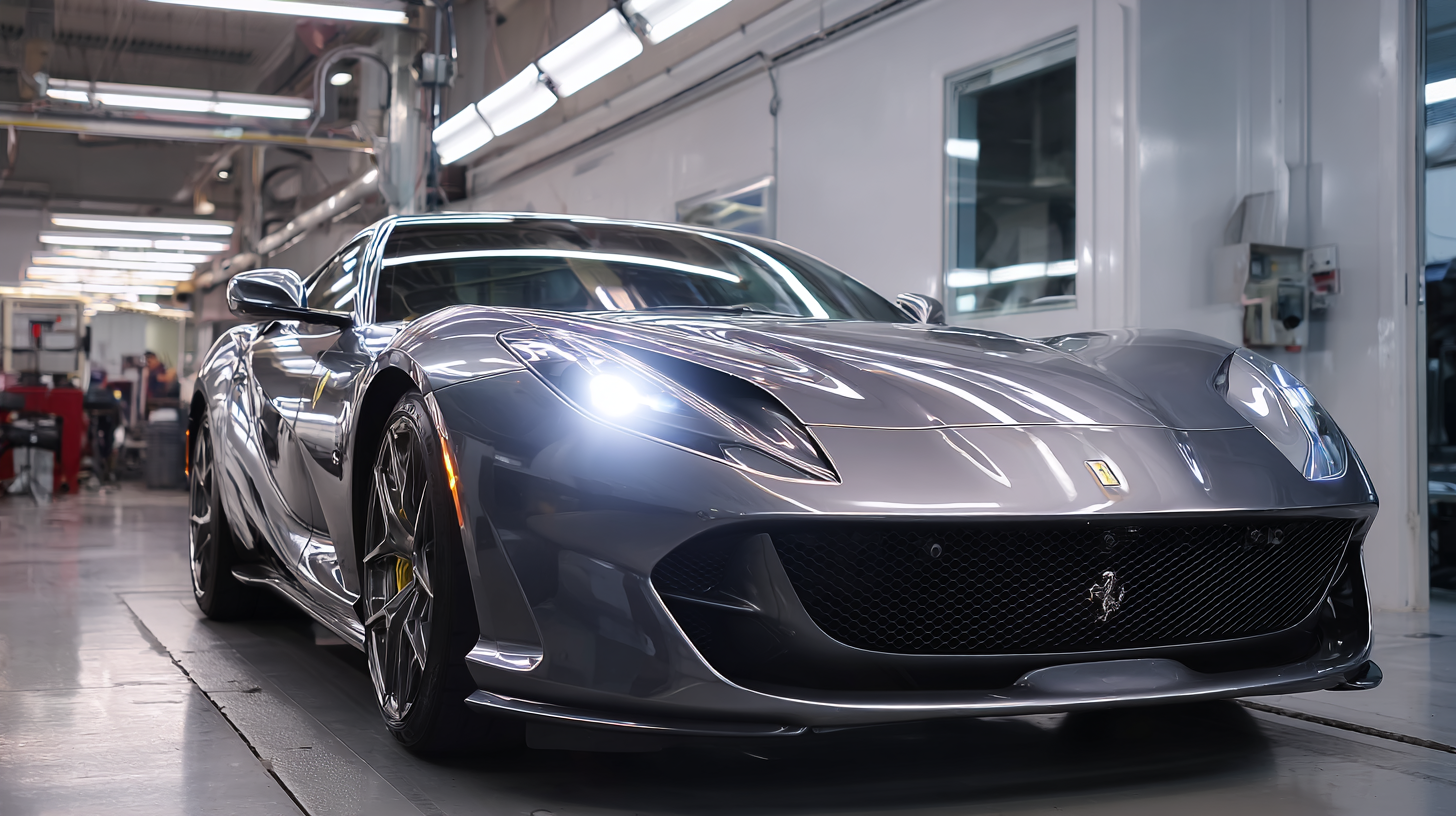
In recent years, the automotive industry has witnessed a significant shift towards enhancing performance and durability through advanced materials. One such innovation is the application of ceramic coatings on aluminum components, particularly within high-performance vehicles. These coatings provide exceptional thermal insulation and protection against corrosion, which is crucial for maintaining vehicle integrity under demanding conditions. Research has shown that multi-ceramic thermal insulation coatings can reduce heat transfer significantly, safeguarding underlying materials and improving overall efficiency.
Several case studies highlight the successful integration of ceramic coatings in performance vehicles. One notable example includes a high-performance sports car, which utilized ceramic-coated aluminum parts to withstand extreme heat and load conditions during racing events. The results were remarkable, demonstrating an increase in both performance longevity and operational reliability. Reports indicate that these coatings not only enhance the lifespan of the components by up to 50% but also contribute to weight savings, a critical factor in vehicle performance metrics. As the automotive sector continues to evolve, the adoption of such innovative material solutions is likely to expand, paving the way for even more advanced applications in the future.
